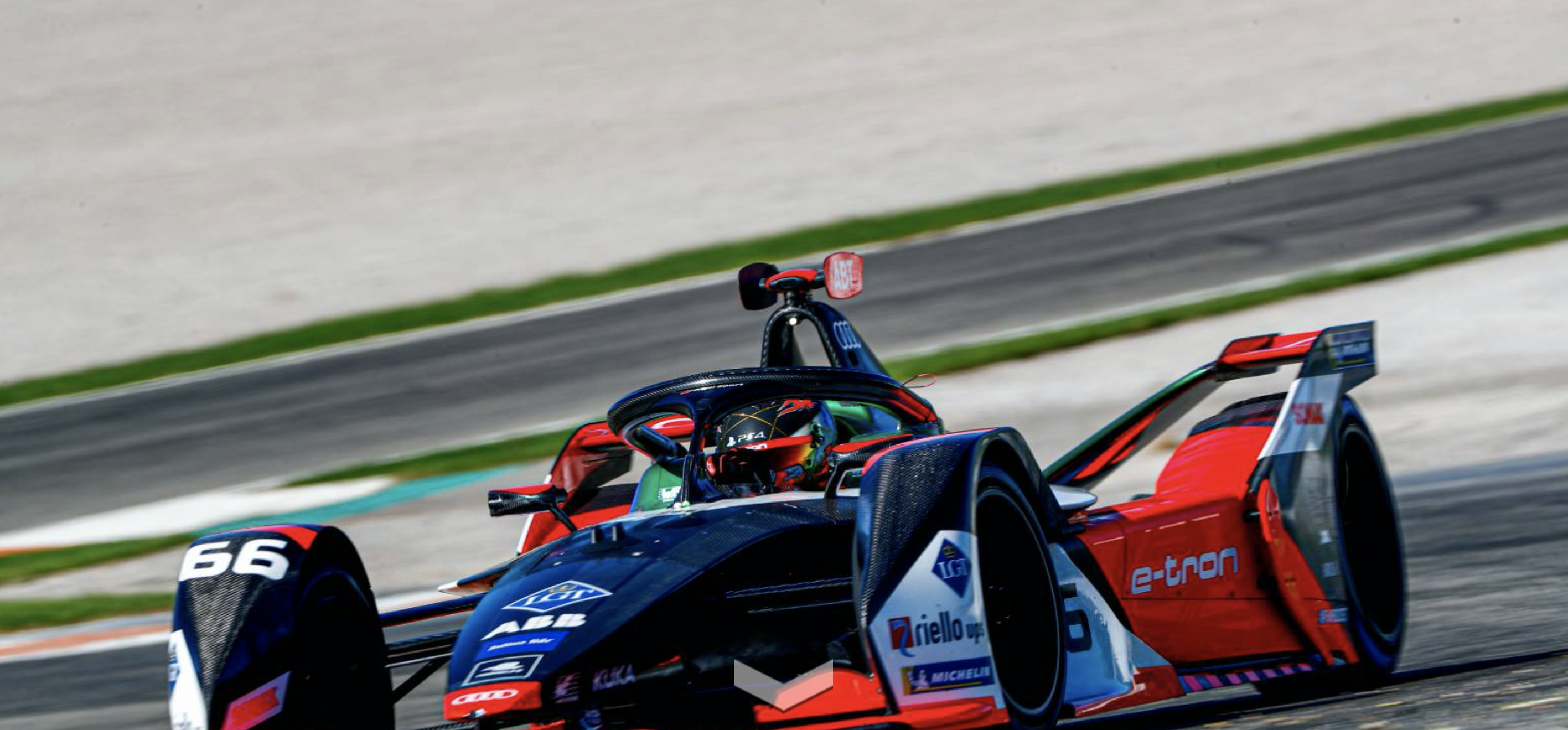From Digital to Gaming, Formula E Shifts Into High Gear

Heading into its sixth season, electric car racing circuit Formula E is hitting on all cylinders. The sport offers extensive TV, digital, and gaming content to complement the main event: its action-packed races. When this season kicks off in November, the ABB FIA Formula E Championship series will feature 14 races in a dozen international locations, including London, New York, and Seoul. To hold its position with fans year-round, Formula E creates multiplatform experiences around its drivers, auto racing, and the car’s electric battery technology.
Formula E races feature only electric-powered vehicles, eliminating the exhaust-filled racetracks consumers usually associated with car racing. The sport’s fanbase is growing, particularly among younger consumers. Last season, Formula E races attracted 400,000 attendees, as well as 850 million digital video views and 400 million TV viewers worldwide.
Formula E’s chief marketing officer, Jerome Hiquet, is tasked with educating consumers about the sport and advancing its causes. Ahead of the Los Angeles TV and Innovation Week and CMO Summit — where he's presenting on innovative digital experiences and the gamification of racing — he spoke to MediaVillage about Formula E’s approach to fan engagement across platforms, the organization’s social activism, and how his organization stands out in a crowded sports industry.
Alli Romano: Formula E is relatively new on the motorsports scene. For someone who isn’t acquainted, how does it differ from other auto sports?
Jerome Hiquet: There are two main differences. The first is accessibility. The fact that we are electric racing allowing us to be in the core of iconic cities. We can be in Paris and go by the Eiffel Tower, and this year we’ll be in the Olympic Stadium in Seoul. We come to the people.
The second is gamification. We bring the fun to the fans and create the possibility to engage. We have a gaming feature called Fan Boost where, before each race, you can vote for the driver you want to have the extra power on the car that you can activate during the race. These are very powerful tools for engagement.
But, like any more traditional sport, you need to have an exciting sport, an exciting race, and a great driver. The foundation remains the same: Everything has to be exciting.
Romano: What’s at the core of the Formula E brand and how do you deliver that to consumers?
Hiquet: Formula E is all about bringing people one step closer to electric vehicles. We are looking at ourselves as the intersection between sport, entertainment, and social purpose. Everything has to be exciting, engaging, and predictable, and then you can build on that. You can connect with Formula E through three dimensions: You can watch it digitally or on TV or come to an event. We have races in 12 iconic cites around the world. We have a diversity of products and experiences.
Romano: How is technology advancing your sport and how are you adapting to new platforms?
Hiquet: In the last two years, our growth in digital views, engagements, and followers has taken a huge step forward. We’re on television in 180 countries. Gaming is more of a platform to reach new audiences. It helps us to create the bridge between potential audiences and we focus on both gaming and sports fun.
Two months ago, we launched [ Ghost Racing: Formula E,] where you can be the 23rd driver. Going forward, we need to think about the digital world, content creation, virtual reality, experiential opportunities, and maximizing all touchpoints. We need to be on all the different [platforms].
Romano: How people consume sports is changing rapidly. Fans are multitasking on multiple screens. How does this influence Formula E’s content strategy?
Hiquet: Consumers are not as loyal as in the past, so we consider all the possible touchpoints. We create content about the races, the drivers, and the cars all year long. Because we have all these important elements, we can create experimental activations. In London, for example, we have a car there throughout the year that people can see and touch. We were in New York during the climate marches because it was a good combination of our electric car product and sports.
During our 12 race weekends, we also have a lot of interactive experiences. We just signed a deal with Lego to make a car for next year that people can play with. We try to maximize all touchpoints with fans. That’s the future of media.
Romano: You mentioned Formula E was involved in Climate Week NYC 2019. What’s the connection?
Hiquet: Beyond sports, one of our ambitions is social purpose — and technology is very important. We want to help accelerate the democratization of electric vehicles. For example. from season one to season four, our batteries [were] not powerful enough to allow the drivers to race during a full race of 45 minutes with the same [charge]. So, they had to change cars. Now, for the first time, the batteries are powerful enough to last a whole race.
To get there, a lot of technology innovation [has] been done for us and, through us, it is also applying to mainstream electric vehicles. We know people worry that electric car batteries won’t last long enough to drive to work and come back home. Innovation and technology can help us improve the spectacle [of races], and then we can help bring technology to consumers.
Be sure to join Hiquet and other savvy chief marketers at the Los Angeles TV and Innovation Week and CMO Summit.
Photo credit: Wikipedia
Click the social buttons to share this story with your friends and colleagues.
The opinions and points of view expressed in this content are exclusively the views of the author and/or subject(s) and do not necessarily represent the views of MediaVillage.com/MyersBizNet , Inc. management or associated writers.


